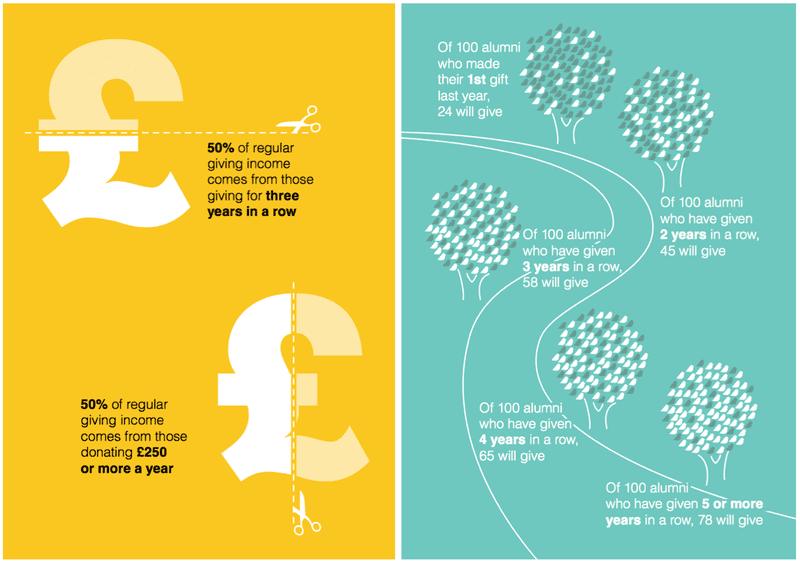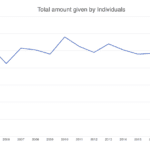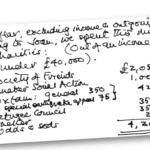The truth about giving compiled from 250 million lines of data
The More Partnership has just published a great (free) booklet that illustrates some important truths about giving.
The facts you'll find inside are based on analysing the supporter files of 33 British universities. That's a load of data. In just one year, it adds up to 161,000 donors, 1.1 million gifts, 3.8 million solicitations and £68 million worth of philanthropy.
Importantly, for fundraisers who aren't in the academic sector, many of the patterns they identify directly relate to giving behaviour we see amongst donors to traditional charities – particularly with reference to acquisition and retention.
We all know the importance of loyalty, but this publication points out what it can be worth.
Take a look at these selections and you'll see just how important higher value, long-term donors are in terms of overall income. I should point out that the term 'regular giving' has a much broader meaning in academic fundraising that covers both repeated cash gifts and direct debits.
We see these same patterns in traditional charity files. When managed well, donor generosity builds over time. The more a donor connects with a charity and the more they enjoy the relationship, the more they are likely to give – as long as they are asked for appropriate amounts.
As individuals, we all go through distinct life stages. First we acquire the material necessities of modern life – a house, furniture, a car and the general stuff that we all accumulate. Then we maintain and sustain what we own - upgrading (or downgrading) as we see necessary. Finally we reach a point, where our children are educated, mortgages are paid and we have enough for our lifestyle. It's at this point that many donors (particularly the wealthier ones) start thinking about spiritual matters such as philanthropy and how they want to be remembered. It's at this point that they first start to give significant sums to charities.
The key problem with this pattern is that if you don't demonstrate that you value donors when they are younger and have less money, they are unlikely to give larger gifts as they age and become more affluent.
The great thing about universities, is they have always focused on longer-term relationships which lead to large gifts. 41% of all million pound gifts given in 2014 went to universities.
So if you want to see what can be achieved by programmes that focus on engagement, download the PDF and compare More's figures to your own.










